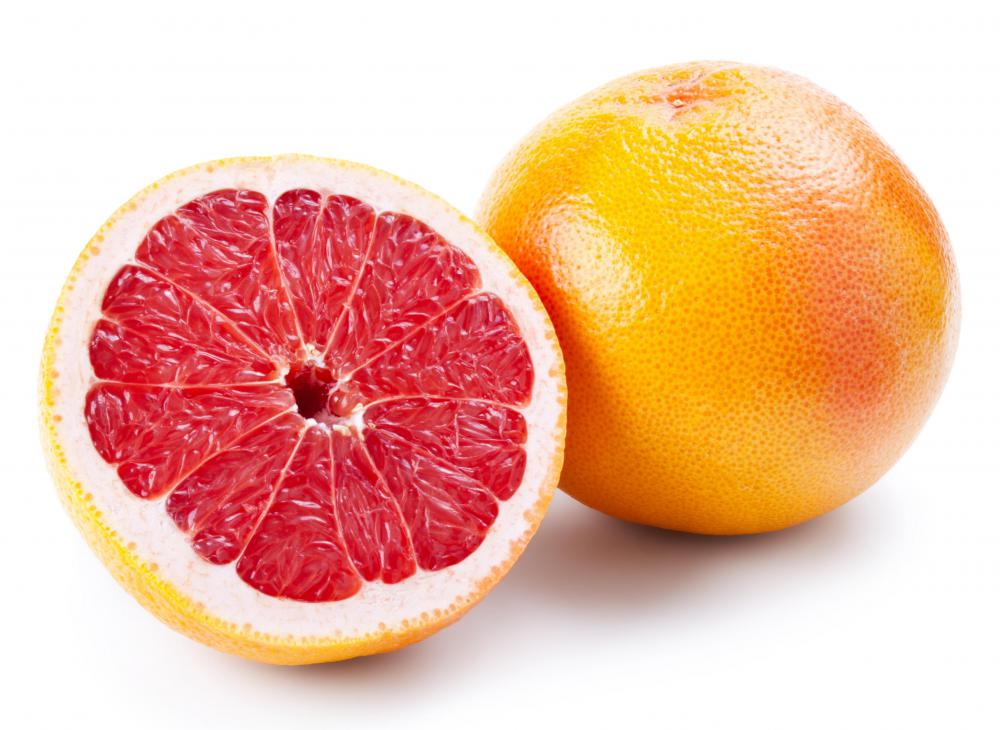At HomeQuestionsAnswered, we're committed to delivering accurate, trustworthy information. Our expert-authored content is rigorously fact-checked and sourced from credible authorities. Discover how we uphold the highest standards in providing you with reliable knowledge.
How Do I Choose the Best Orange Tree?
When choosing an orange tree for personal enjoyment, first consider the following elements: the suitability of the tree according to your geographic area; the size and health of the individual tree; the expected growing season of the particular cultivar; and whether you intend to harvest the fruit for juicing or simply to eat. A wide variety of citrus sinensis cultivars are available, and each type offers specific benefits. As with any tree purchase, be sure to inspect each orange tree before buying.
Choose a type of orange tree that will flourish in your geographic area. For example, Valencia or Washington Navel oranges are good choices for those who live in California. Valencias also do well in Florida, Arizona, and Texas, making them among the most popular orange tree cultivars.

In general, orange trees are appropriate for warm climates and are hardy in USDA zones 9-11. For those who live in areas with freezes below 25 degrees Fahrenheit (-3.8 degrees C), a hardier type of citrus tree such as grapefruit or kumquat could be a better choice. Alternatively, you can grow an orange tree in a large portable container and move the tree indoors when a freeze is imminent. Nurseries sometimes sell orange trees that are already adapted to containers.

It is important to consider the size of the tree and where you will plant it. A dwarf orange tree such as the Marrs cultivar would be appropriate for a smaller space, as it grows to only about 7 feet (2.1 m) tall. Keep in mind when planting multiple orange trees that they should be spaced at least 10 feet (3 m) apart.
Pick a tree that appears healthy and has recent growth. An established small tree will adapt to transplanting more easily than a seedling. Watch out for roots that appear mushy, which could indicate disease.

Consider the season in which you prefer to harvest ripe oranges. Early spring producers include Hamlin, Washington Navel, Trovita, and Seville, among others. Late fall or winter fruit will appear on Marrs, Diller, or Cara Cara Navel trees, while Macetera and Valencia will continue producing fruit as late as June.
It is also important to choose a tree based on whether you will use the fruit for juicing or simply for eating. Valencia and Hamlin are two examples of orange trees that are known for their juice. Alternately, Macetera or Diller cultivars could be a better option for those who intend to eat the fruit.
AS FEATURED ON:
AS FEATURED ON:













Discuss this Article
Post your comments